FILTER ARRAY RECOMMENDATION
Understanding the Reverse Osmosis Prefilters selection criteria
The ONLY purpose of the pre-filtering process is to PROTECT the RO membrane by removing dirt, chemicals, tastes, odors, chlorine, chloramines, etc. that you typically find in city or well water. Pre-filters protect the most expensive part of an RO system, which is the membrane and DI resin (if used). Keep in mind the RO membrane is what really does ALL the work, as it removes up to 99.9% of the TDS (total dissolved solids) in your water. The idea behind an array of pre-filters is to provide for optimum pressure and a long filter life, so your water is more pure (or your DI resin last longer).
The ideal pre-filter micron rating required to optimize the life of a reverse osmosis membrane is 5 micron. No membrane manufacturer asks for more protection than that and nothing is gained by smaller micron filters. In fact, you only hurt the overall performance of the system by using smaller micron filters. How do you hurt it? Because the lower micron reduces the amount of water flow that is allowed to pass through and will cause excessive pressure drop. Your membrane LOVES pressure and smaller micron filters cause pressure drops that significantly effect the quality of your product water. Membranes require good flow and pressure to produce pure water. NEVER install a one half (0.5) micron filter as a pre-filter.
A filter array is designed so that each filter does the work required of it and protects the next filter in line. It would make no sense to dump big particles of dirt on a fine filter. You would clog it up immediately causing a great deal of pressure loss.
If you have chloramines or a lot of chlorine in your water, we offer an activated catalytic granular carbon which can be substituted for a carbon block. The granular nature of this filter allows for less water restriction thus better water flow than a carbon block filter. At the same time, the water has MORE contact with the granular carbon as it flows through thus is more effective at removing these contaminants. Note that it is the chlorine in city water that can quickly destroy any membrane.
We recommend a pre-filter array starting with a 10 Micron sediment, followed by a 5 micron carbon block (or catalytic carbon), followed by a 1 micron carbon block. You have now accomplished filtration down to one micron, five times the manufactures requirements. Because of this 10-5-1 array the 1 micron is well protected by the 10 micron sediment and 5 micron sediment filters and gets minimal blockage, thus minimal water flow reduction You have not lost a great deal of pressure and the filter can now provide you full service. So to recap; the ten protects the five, the five protects the one, and the one micron exceeds the requirement to protect the membrane by a factor of five, so your membrane sees only one micron particles, one fifth the requirement. Protected by a 10-5-1 micron array, the membrane is free to go about the task of removing bacteria, virus, salt, ions and dissolved metals (TDS). No carbon or sediment filter has ever been designed and does not remove TDS and should never be relied on to remove bacteria. Ions and bacteria are best left to the membrane. After the work done by the pre-filters and membrane, your water is very pure. If you have a RODI system, the final stage is always the DI -- A typical mixed bed DI cartridge that is capable of reducing the TDS to zero (0). It kills me to see anyone recommend a one micron filter for the first stage! The H2O Guru's at Air Water & Ice


 RODI SYSTEMS
RODI SYSTEMS
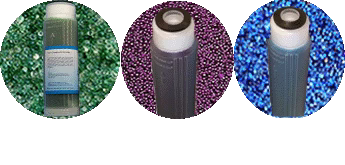 DI RESIN - DEIONIZATION
DI RESIN - DEIONIZATION
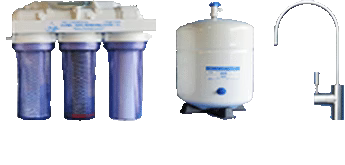 RO SYSTEMS
RO SYSTEMS
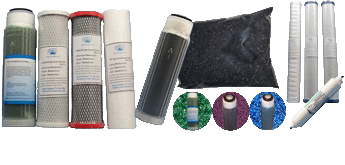 FILTERS
FILTERS
 MEMBRANES
MEMBRANES
 WATER TESTING
WATER TESTING
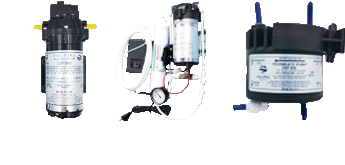 RO/RODI PUMPS
RO/RODI PUMPS
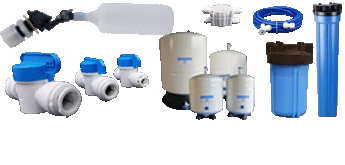 PARTS & FITTINGS
PARTS & FITTINGS
 FAQ
FAQ